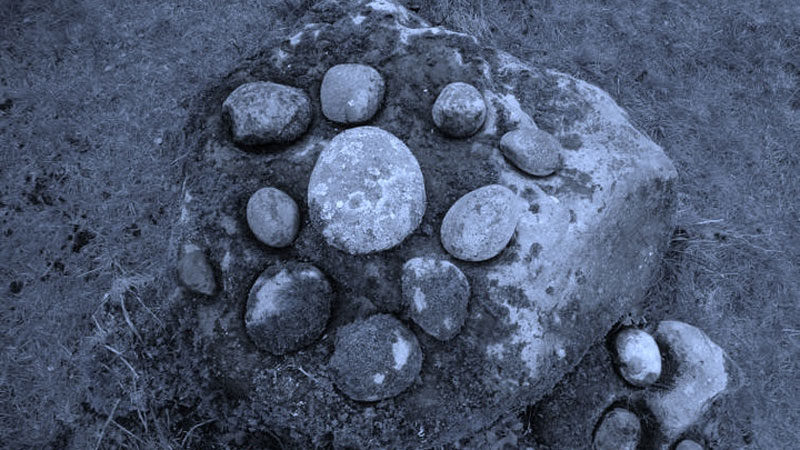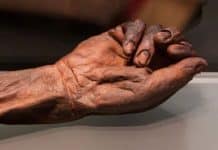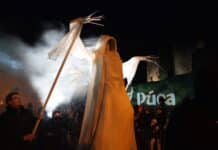Cursing stones have been used to exact revenge throughout Ireland for centuries. CHRIS RUSH takes a closer look at the phenomenon and some of the mysterious locations around the Emerald Isle they have been found.

Do you believe in curses? When one thinks of placing a curse on an individual the characteristics of the deed that immediately jump to mind include misfortune, harm or even worse. It may seem as though such acts of loathing would be foreign to our soil however a number of sites around Ireland outline otherwise.
Superstition surrounding the sites such as The Clocha Breaca in Innishmurray Co. Sligo or the site in Kilcummin Co. Mayo to name but a few, outline that these stones were used by individuals to place a curse on their foe.
The Innishmurray (Speckled Stones) stones is one of the best known sites in Ireland and is made up of spherical stones, some with crosses engraved upon them, placed upon an altar within an enclosure.
Gabriel Beranger described The Clocha Breaca in 1779 as “A kind of altar of stone about two feet high, covered with globular stones, somewhat flattened, of different sizes, very like Dutch cheeses; the tradition is, that if anyone is wronged by another, he goes to this altar, curses the one who wronged him, wishing such evil may befall him, and turns one of the stones; and if he was really wronged, the specified evil fell on his enemy.”
To elaborate on the above, in old Irish lore, it is thought that the ritual was carried out by firstly fasting before the curse would be initiated, a prayer would be spoken over the stone and the ritual always included turning the stone anti-clockwise or against the sun. The stones themselves would usually be small in size and placed in Bullauns, hollows made especially for them in a flat rock.
The Catholic Church was opposed to such sites and it is thought that many more of these areas existed around Ireland up until the 19th century were the majority of the were destroyed by the church. The stones from the Kilcummin site mentioned earlier where taken from the area by a priest to the Ballina Cathedral.
So if you are ever taking a stroll through the countryside and stumble across a site which is very similar to the ones mentioned here, be sure not to disturb the stones as they may have been overlooked and indeed they may just be cursed.







